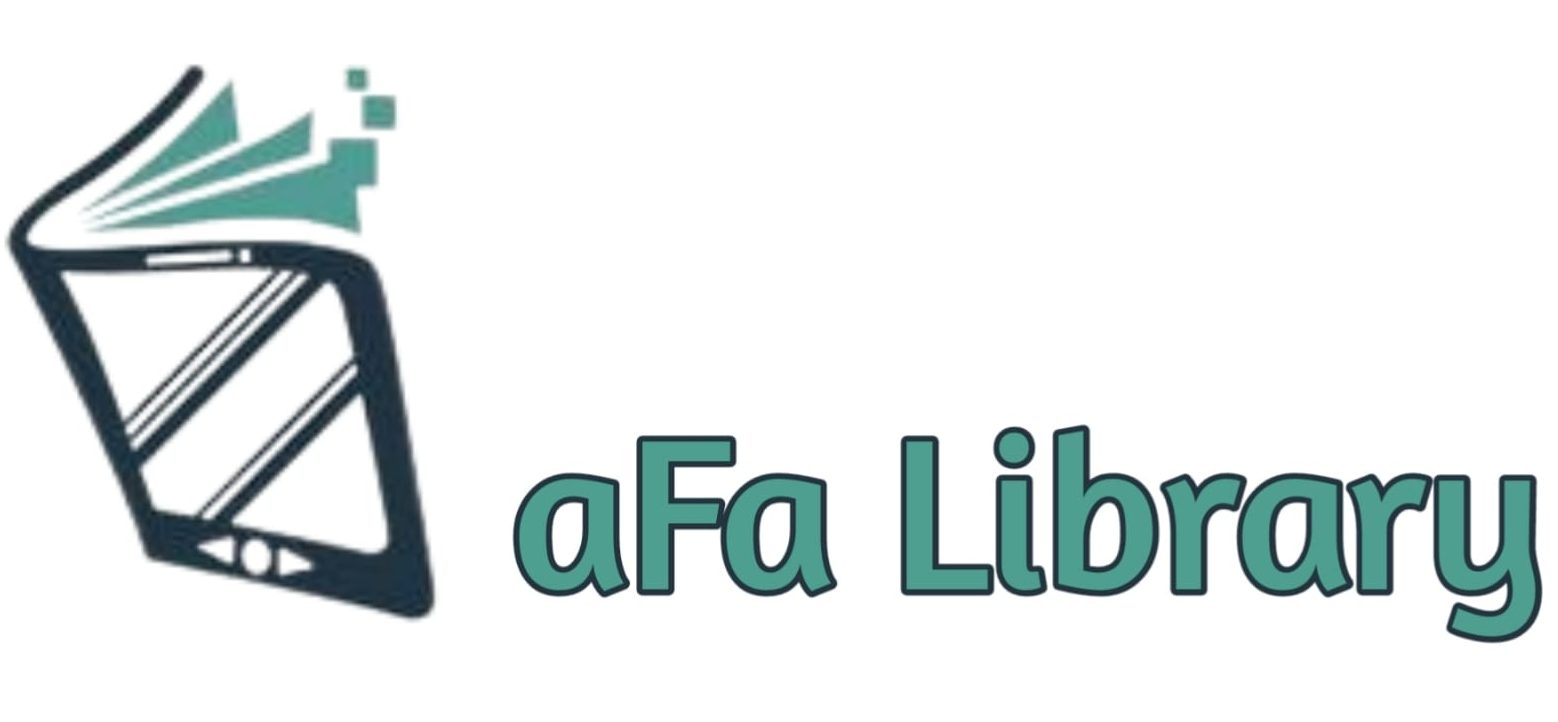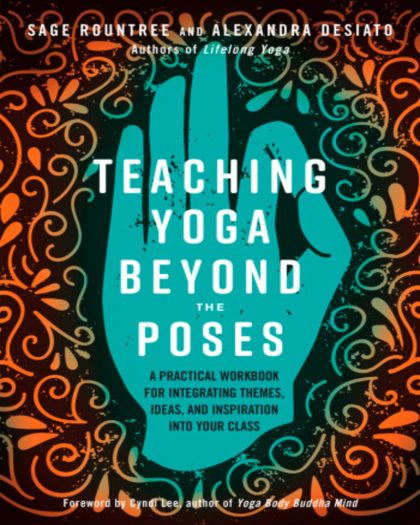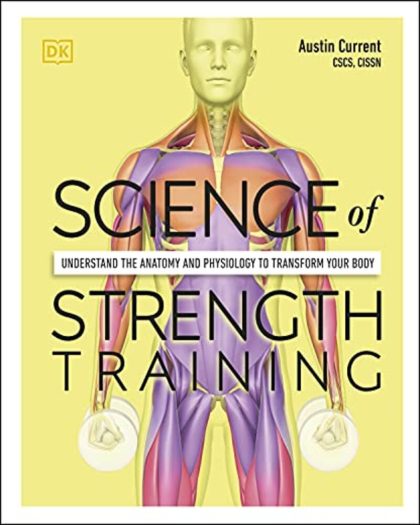Heal painful joints, prevent injuries, and rebuild your body from the ground up.
(If mainstream fitness advice has left you broken down and beat up, it’s time for a new strategy.)
Most middle-aged fitness enthusiasts and athletes have been dragged down by joint pain, injuries, and other ailments commonly accepted as “part of getting older.”
But it doesn’t have to be this way.
In fact, anyone can conquer joint pain and rebuild their body.
It simply requires understanding the hidden causes and a road map (this book) that leads to the solution.
Built from Broken presents a paradigm shift in how to think about corrective exercise, sports nutrition, and joint health.
Once you see how the system works, you’ll never look at exercise or joint health the same way again.
Part 1 lays the foundation for understanding why your joints are breaking down.
You’ll learn:
- The 5 primary causes of joint pain.
- How to prevent the “Big 3” injuries that trap you in the Pain/Injury Cycle.
- Why conventional pain management merely masks symptoms (and 3 natural pain relief techniques that actually work).
- How to identify and fix muscle imbalances that lead to tension, pain, and injuries.
- Natural injury recovery strategies that improve healing time and tissue repair quality.
Part 2 gives you a step-by-step corrective exercise guide and list of action steps to rebuild your body from the ground up.
Including:
- The ideal training schedule to maximize muscle recovery and connective tissue repair (in as little as 2 days per week, at any age).
- Illustrated corrective exercise instructions (with several home workout options).
- How to strengthen joints with cutting-edge connective tissue training techniques.
- A step-by-step training program complete with workout routines.
Whether you have been training for a few years, a few decades, or have never stepped foot in a weight room, it’s not too late to overhaul your body.
If the conventional path of lifting and stretching has left you broken down, why not try a new strategy?
This book is your way out of the pain/injury cycle.
All you have to do is follow three simple steps.
- Read the book.
- Follow the action steps inside to resolve your pain.
- Implement the 4-week corrective training program outlined in the book.
Just imagine, in 4-8 weeks from now, you could be in a pain-free, mobile, strong, and functional body.
One that allows you to do the activities you love, push the limits of your capabilities, and achieve your true physical potential.
This process can start for you right now.
All you have to do is click the “buy” button and order your copy of Built from Broken.
Corrective and functional exercise is a rapidly advancing field. Exercise is an essential factor in all injury recovery, conditioning and performance, and if used correctly can play a preventative role in injury management. In the injured athlete, gym user or armchair athlete, corrective exercise can help to restore range of motion, re-build strength, endurance and power, re-establish neuromuscular control and balance, and provide positive progress for a specific sport or a healthier lifestyle.
Written by an experienced specialist in the field of rehabilitative and performance exercise, this book provides an essential practical guide to corrective and functional exercise for every sports therapist and fitness trainer, particularly those taking diplomas or NVQs at level 3. Packed with photos and illustrations, and full of accessible step-by-step explanations of the latest rehabilitative methods, every corrective and functional technique is covered in detail, from initial consultation to whole body exercises.






Of course, even before I finished Part I, I peeked into the exercises in Part II. They seem to be easy enough for me to start out, but an inevitable challenge of all exercise books is to coordinate descriptions of various programs with descriptions of individual exercises. There is no perfect solution for an author.
But there is a perfect solution for me. I've just ordered a second copy of the same book. I will break its spine, separate individual pages, and assemble them into sequences of exercises. The book is now selling for $15.29; two copies are just over $30 including tax. It's negligible in comparison with my daily expenses and especially with the cost of having physical limitations.
Before reading "Built From Broken" I couldn't understand why I can't stay in the gym for more than 6-8 weeks at a time before a sore knee, tennis elbow, bad back, bicep tendonitis, etc. etc. ad nauseum, puts me on the sidelines again, year after year, decade after decade. It's because I've been doing it wrong, and now it's obvious exactly WHAT I've been doing wrong.
Simply put, the most valuable book on training I've ever read, and I've consumed most of them.
The book is rich in detail and explains how bodies get "broken" and how to restore them. I am looking forward to applying the recommendations the author suggests for multiple sports and age-related dysfunction. The images, exercises and explanations are clear and helpful.
My only complaint is that the print quality in the last section is somewhat compromised - like the ink was low or something. Still, readable, and the book is worth 5 stars.
So, this book goes into how muscle and connective tissue is generated, inflammation after injury, nutrition recommendations for repairing injured connective tissue, what exercises you shouldn't do (i.e., remarkably benches, barbell squats, and other heavy exercises), etc., all for someone who is looking at just building strength over a longer term (not necessarily for 'muscle beach' type people. There's even a long-term plan for training. Are all the exercises given described correctly - no, world's greatest stretch is actually an advanced exercise for someone older like myself; and one should actually consult the Stuart McGill's back training book for how and why to do bird dog, cat-cow, bridges, etc. exercises for the back - especially if one is building back from a back injury.
But overall, this is probably the best training book of the over 15 books I've purchased. I wish I had read this before I started training after a slight layoff. I was already fit, but not trained properly - so this book would have helped me a lot - especially the advice not to listen to any 20-somthing trainer who doesn't read, and says the exercises are obvious.
This is my initial review. I will update this as needed.
In summary - excellent book and highly recommended.
I've told as many people in my age group as I can about the book. I've also iterated and reiterated to my children to get an exercise routine going now (they are 9 and 11) because it's easier to stay in shape than it is to get back in shape.
Again, this is the last fitness book I'll read because I felt broken before I read it, but now I know that I can use that brokenness to build a foundation for my best body ever.
Thanks again Scott!
It took me a while to get through all of the chapters, and I have to admit I skipped over a lot of the parts with words and concepts that were out of my vocabulary. Otherwise it's informative reading that makes sense. Mostly easy to follow with a logical progression to the chapters. I'm ready to start the Beginner Program, and am hopeful that as I progress I will have built a better body that experiences less pain.
I only open with those caveats so I can say without hesitation that this book is excellent. Buy it, and keep it nearby. Go back to it again and again as you progress and learn. I have.
As the title makes clear, Scott is fully aware of the nagging injuries that hold so many of us back, and all the suggestions in the book keep that in mind. Unfortunately most young people will ignore its advice. I used to be one of them.
Don’t let movement become a burden.
I originally gave this book 4 stars, but have updated it to 5 stars. I decided to Email the author with some of my concerns and he actually emailed me back with suggestions to suit me! Scott has taken time to help a customer and I greatly appreciate that!
I happened to be reading this right at the same time I incurred a spinal injury and had to go under for emergency surgery, so I'm still on lift and exercise restrictions, but plan on utilizing the programs laid out in the book when I get back into it.
At the end of the book is a workout plan, and thorough explanations/pictures of each exercise. The way he's crafted everything made it so easy to get started, stay motivated, see progress, and advance. I've made my way through his entire set plan, and am on my second round of personalized custom workouts (which were really easy to set up fast, all the exercises are labeled to make it easy to find one that fits for a particular session). I have built a ton of strength in my legs, back and arms, and I have far fewer problems with my knees (patellar tendonitis) and hips (trochanteric bursitis) and shoulders. I actually look forward to working out 3-4 times a week now, it's become a habit I enjoy and benefit from.
What does that have to do with Built from Broken?
Everything I've learned and used can be found in this book!
When I started reading, I immediately saw how much of what Scott recommends is what I've been using for years. It works!
If you're dealing with joint pain (shoulders, back, knees, etc.), then do yourself a favor and pick up this book. The warm-up routines, exercises, and workout plans will HELP you get out of pain and back to training.
I highly recommend this book to everyone to help treat (and prevent) joint pain and mobility issues!
Does Scott recommend supplements he sells? Yes. Do they work? Yes. But you'll have to decide if you want to try them or not (you don't have to).
I started on this program, because I wanted to start training for LONGEVITY. Living a long, healthy, pain-free life.
And I'm telling you, I've had a marked reduction in injuries. The only minor injury I've had on this program was one day I decided to try the RDL dumbbell deadlifts and overdid it. Personally, I'd avoid those if you are lifting heavy like I was. That's because my grip was giving out and I was fatigued and making some jerky movements.
Instead of RDLs, I'd recommend doing weighted extensions or glute-ham raises for the lower posterior chain. The author's Swiss ball leg curls are also highly recommended.
I'm on my third or fourth cycle of this program. I love it. I do some of my own exercises though, still keeping the basic template the author outlines.
If you're a hard-core lifter like I am and sick of injuries, and you wanna start training for longevity and overall health and functionality, get and follow this book.
I was at a complete loss as to what muscles to work and how to work them when there are still joints and muscles that are damaged and weak.
This book greatly helped me find a way to exercise while injured and not increase my injuries or pain. In fact following this book's advice I no longer have Leg Days or Glute Days or Arm Days at the gym. Every time I workout I work my entire body. All muscle groups are worked when I'm at the gym.
Balancing working each muscle group in the safest way possible to achieve the best result without causing further damage. I feeling the difference in all my muscles and I'm not leaving the gym in pain or experiencing increased pain and soreness at home hours later.
I have shown the book to two of my physical therapists and let them read through it and see if they agree with Scott approach and reasoning behind working out and rehabbing injuries as well as avoiding developing new injuries from working out.
My main physical therapist actually bought the book too and is working to incorporate the training suggestions into his therapy plans.
My Orthopedic Surgeon approves of this books methodology so that seems great to me and my recovery.
This book has been a great help and its encouraging. Exercises that I couldn't do before reading the book I can now do with the books suggested modifications.
Definitely work the price and time.
I've been an athlete my whole life, starting ice hockey and soccer at age 5, playing through high school, getting immersed in endurance and outdoor sports during college, finding and falling deep into the CrossFit world in my early adult years, branching out into more focused gymnastics and mobility and movement-quality based paradigms and eventually transitioning from the hardcore dogma of "constantly varied functional movement at high intensity" to a more mellow, Daoist-like fitness philosophy. And, that philosophy cannot be better summarized than by the words of Lao Tzu himself:
"Men are born soft and supple; dead they are stiff and hard. Plants are born tender and pliant; dead, they are brittle and dry. Thus whoever is stiff and inflexible is a disciple of death. Whoever is soft and yielding is a disciple of life. The hard and stiff will be broken. The soft and supple will prevail."
Such words fly in the face of today's conventional fitness values that seem to always amount to an egotistical ambition to be 1) appealing to the opposite sex and 2) intimidating to one's own sex (assuming the athlete is heterosexual) and that the pursuit of these ambitions requires you to regularly endure PAIN, as in "no pain, no gain."
What I like about Scott Hogan and others like him (Jerzy Gregorek, Tim Anderson, Dr Eric Goodman, Ben Patrick) is that they take ego out of the fitness equation by waking people up to a fundamental truth: you are not meant to be in pain. Pain, unlike what the ego tells you, is a sign that you're doing fitness wrong, not right. Hogan's book indeed takes this big picture approach and challenges readers to zoom out and reevaluate why they're really training in the first place. For that alone, I'd say it's worth a read.
Another thing I really like about Hogan's work is his emphasis on joint health and range of motion as the non-negotiable foundation of all meaningful health and athleticism. Just stop to think for second: of what use is strength or muscle size if you're unable to simply occupy natural human positions? Any fitness paradigm that does not have mobility and movement quality as its foundation is a house of cards. Strength, power, and speed are all great, but when developed at the expense of natural range of motion, those "gains" eventually become "glitches." Kudos to Hogan for creating a program that will help exercisers of all stripes to repair and rebuild a solid foundation for pursuing their fitness goals. This is a great resource for anyone interested in staying supple and strong for life.